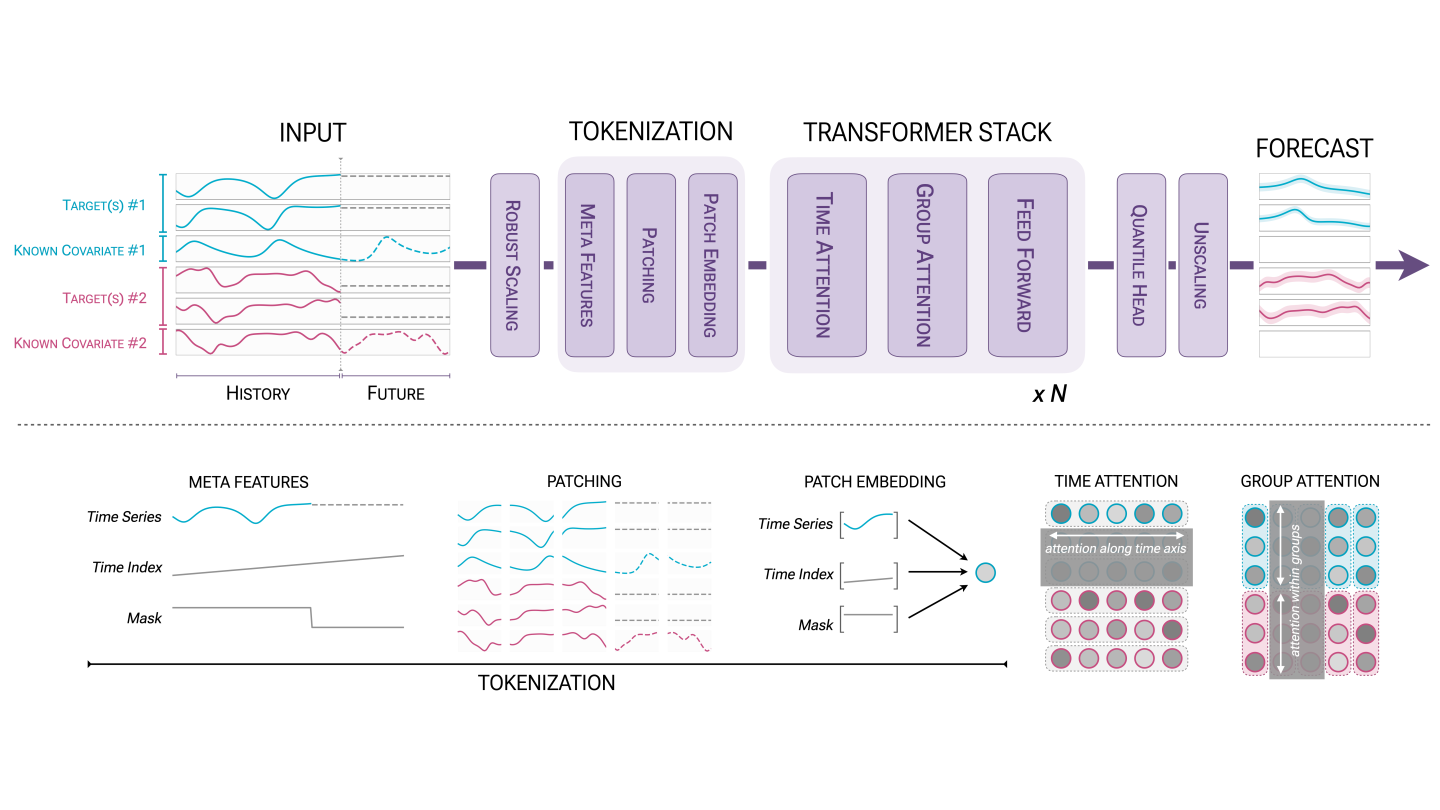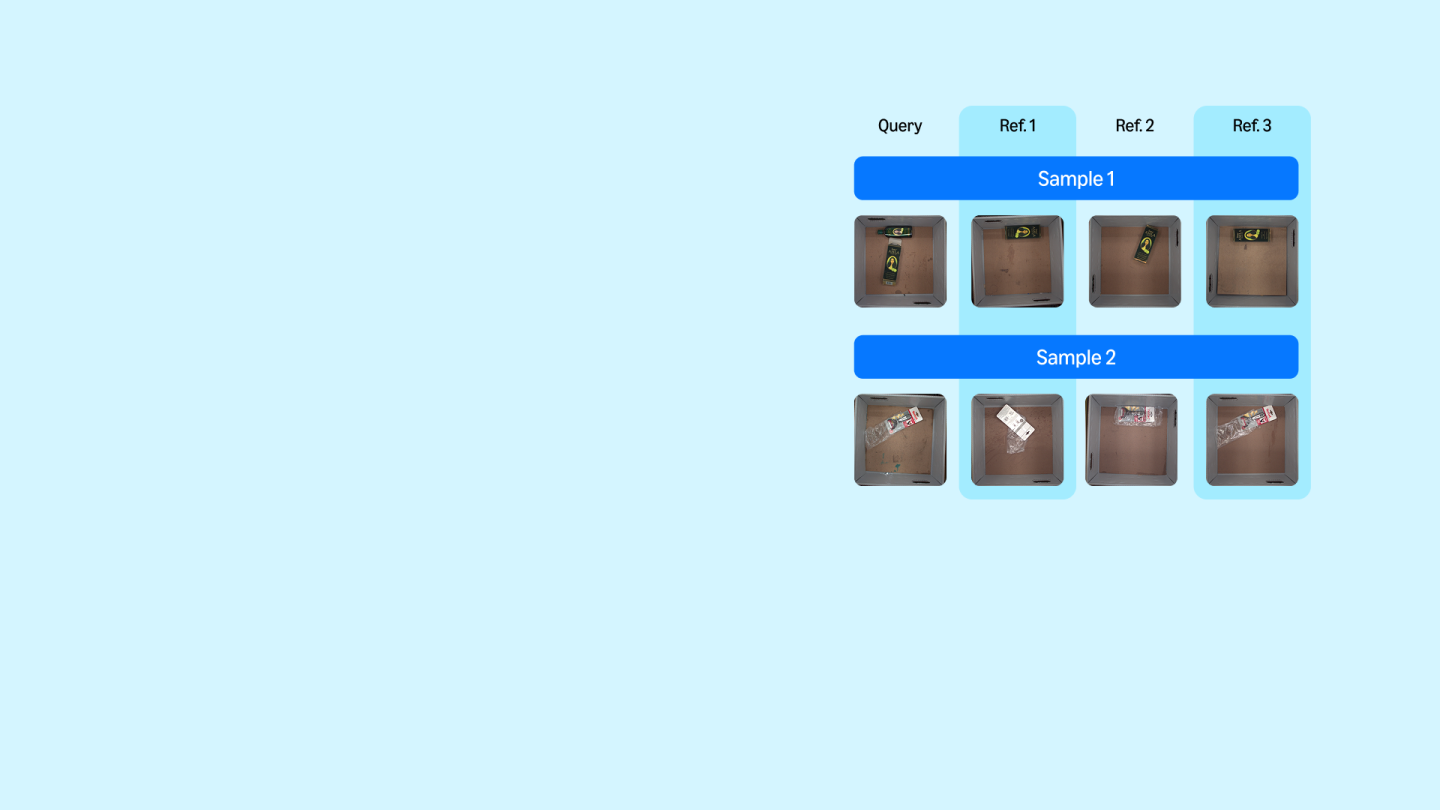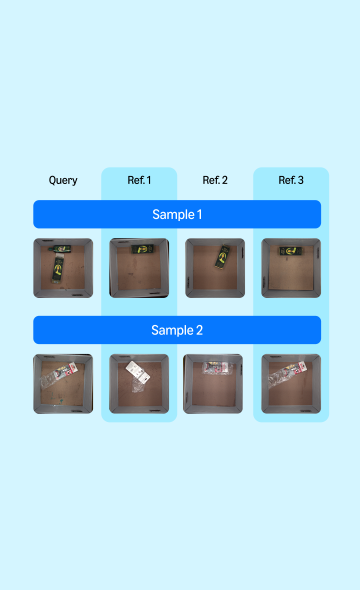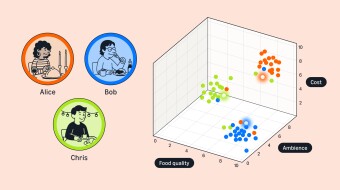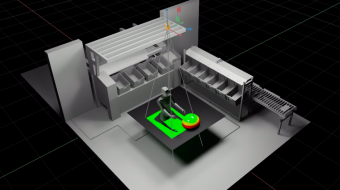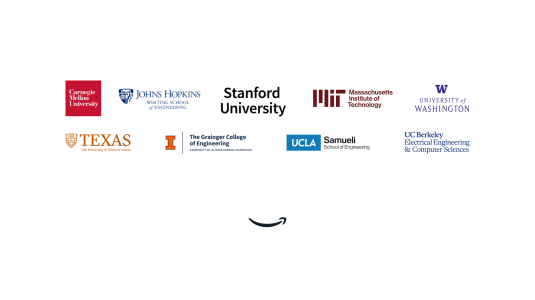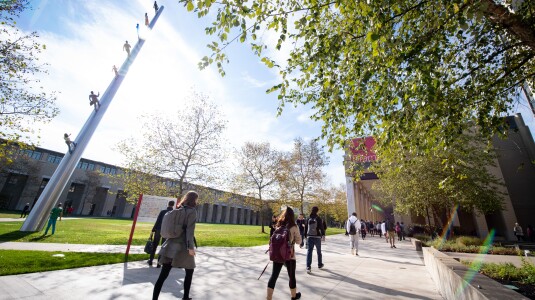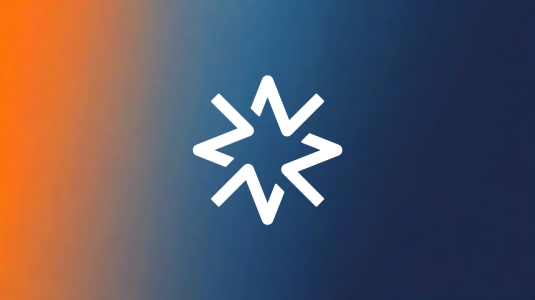Customer-obsessed science


Research areas
-
November 6, 2025A new approach to reducing carbon emissions reveals previously hidden emission “hotspots” within value chains, helping organizations make more detailed and dynamic decisions about their future carbon footprints.
-
-
Featured news
-
2024This paper presents a new open-source high-fidelity dataset for Machine Learning (ML) containing 355 geometric variants of the Windsor body, to help the development and testing of ML surrogate models for external automotive aerodynamics. Each Computational Fluid Dynamics (CFD) simulation was run with a GPU-native high-fidelity Wall-Modeled Large-Eddy Simulations (WMLES) using a Cartesian immersed-boundary
-
IEEE Transactions on Neural Networks and Learning Systems2024Deep neural networks are becoming increasingly pervasive in academia and industry, matching and surpassing human performance on a wide variety of fields and related tasks. However, just as humans, even the largest artificial neural networks make mistakes, and once-correct predictions can become invalid as the world progresses in time. Augmenting datasets with samples that account for mistakes or up-to-date
-
2024Data deduplication is a critical task in data management and mining, focused on consolidating duplicate records that refer to the same entity. Personally Identifiable Information (PII) is a critical class of data for deduplication across various industries. Consumer data, stored and generated through various engagement channels, is crucial for marketers, agencies, and publishers. However, a major challenge
-
2024Using tools by Large Language Models (LLMs) is a promising avenue to extend their reach beyond language or conversational settings. The number of tools can scale to thousands as they enable accessing sensory information, fetching updated factual knowledge, or taking actions in the real world. In such settings, in-context learning by providing a short list of relevant tools in the prompt is a viable approach
-
Human coordination often benefits from executing actions in a correlated manner, leading to improved cooperation. This concept holds potential for enhancing cooperative multi-agent reinforcement learning (MARL). Despite this, recent advances in MARL predominantly focus on decentralized execution, which favors scalability by avoiding action correlation among agents. A recent study introduced a Bayesian network
Collaborations
View allWhether you're a faculty member or student, there are number of ways you can engage with Amazon.
View all












